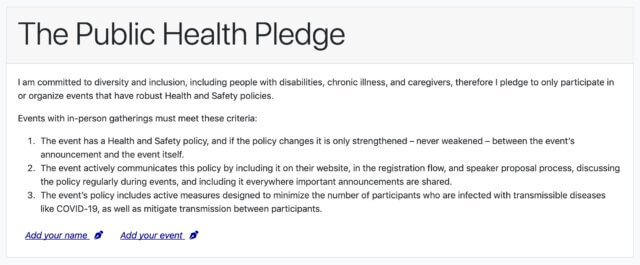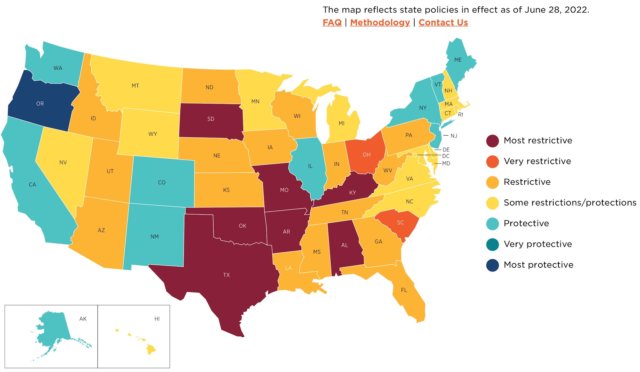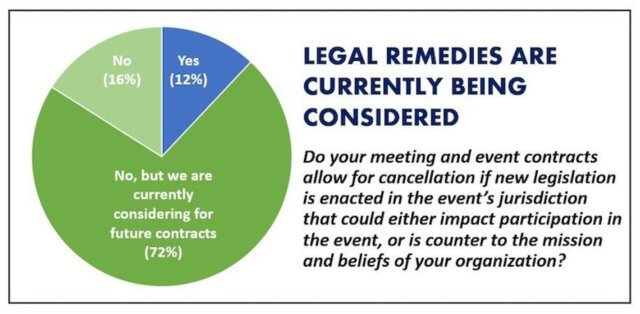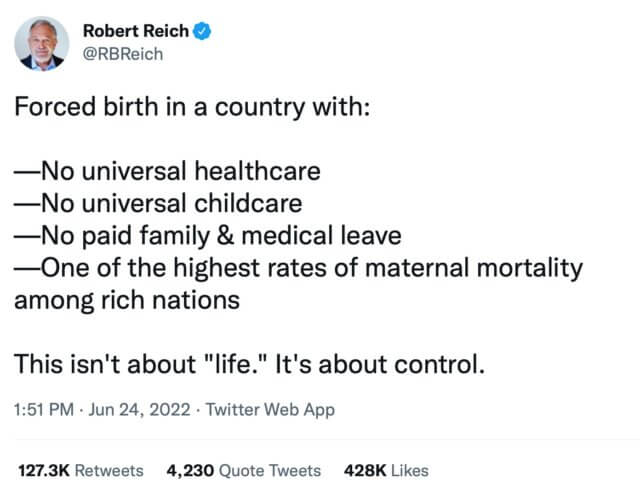Kill the Keynote. Save the Budget. Elevate the Experience.
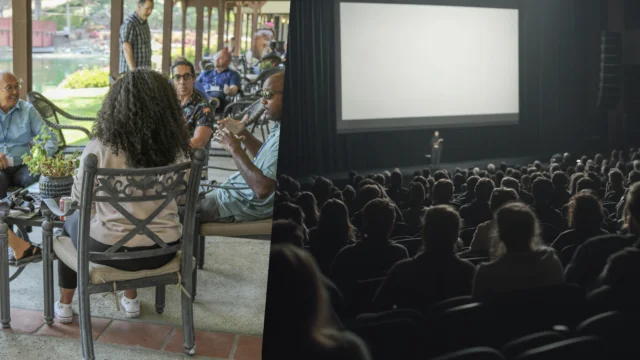 Here’s something that many conference organizers suspect but rarely act on:
Here’s something that many conference organizers suspect but rarely act on:
Big-name keynote speakers don’t make your event memorable.
In fact, they’re probably sabotaging both your budget and your attendees’ experience.
I’ve spent decades designing and facilitating conferences that people rave about. Along the way, I’ve watched countless organizers spend hundreds of thousands of dollars securing “top-tier” keynote speakers—only to discover that attendees barely remember what was said, let alone find ways to apply it. Meanwhile, the actual time attendees spend connecting, learning from one another, and getting what they came for is limited, under-designed, or completely absent.
It doesn’t have to be this way.
There’s a better way to spend your money—and your time.
It’s time to kill the keynote.
The real emotional experience of a keynote
Think about the last keynote you attended. Maybe the speaker was charismatic. Maybe the story was moving. But what happened next?
You clapped.
You left the room.
You remembered a line or two (maybe).
And then you forgot about it.
Keynotes are emotional performances. They make people feel, which has value. But those feelings are typically transient, passive, and unshared. Keynotes are one-way delivery.
What if, instead, your attendees:
☞Felt that they mattered?
☞Arrived to find a conference built around their real wants, needs, and questions?
☞Talked to each other more than they were talked at?
☞Left not just inspired, but changed?
Changed by:
☞Learning about what they actually came to learn.
☞The connections they made that had real value.
☞Becoming part of a community that truly mattered to them.
From stage to circle: Spend less, deliver more
When you shift your investment from keynote stages to meeting design and facilitation, you don’t just reduce costs—you multiply the value.
For a fraction of what you’d pay a big-name speaker, you can:
- Design participatory sessions that attendees shape and co-create.
- Facilitate peer learning that surfaces untapped expertise already in the room.
- Foster real connection and trust—what attendees often say is the best part of an event.
- Build long-term loyalty and community because people feel seen, heard, and engaged.
When participants have the chance to speak, listen, learn, and collaborate, they leave saying:
“That was the best conference I’ve ever attended.”
And they mean it.
Don’t keep this a secret
Here’s the kicker: Events designed for genuine interaction and transformation don’t just feel better—they perform better.
Sadly, too often, meeting conveners don’t know that better is possible. Or if they do, they’re afraid to give up the safety of the keynote model.
So don’t keep this a secret. If you’ve attended or created a participatory event that blew you away, share that story. If you’re a planner or convener, talk to your peers about rethinking the formula. And if you’re ready to move beyond the one-way stage model, reach out—I’d love to help.
You don’t need a famous name to make your event unforgettable. You need the courage to design for connection, not celebrities.
And that starts by asking not, “Who will wow the audience?” but, “What learning, connection, and community will we create—together?”
Kill the keynote!

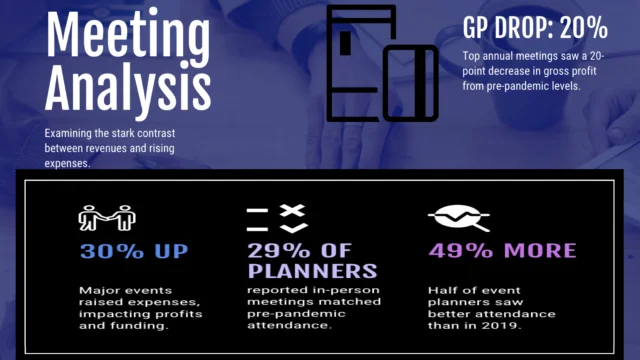 In a May 8, 2025, post, the always insightful
In a May 8, 2025, post, the always insightful 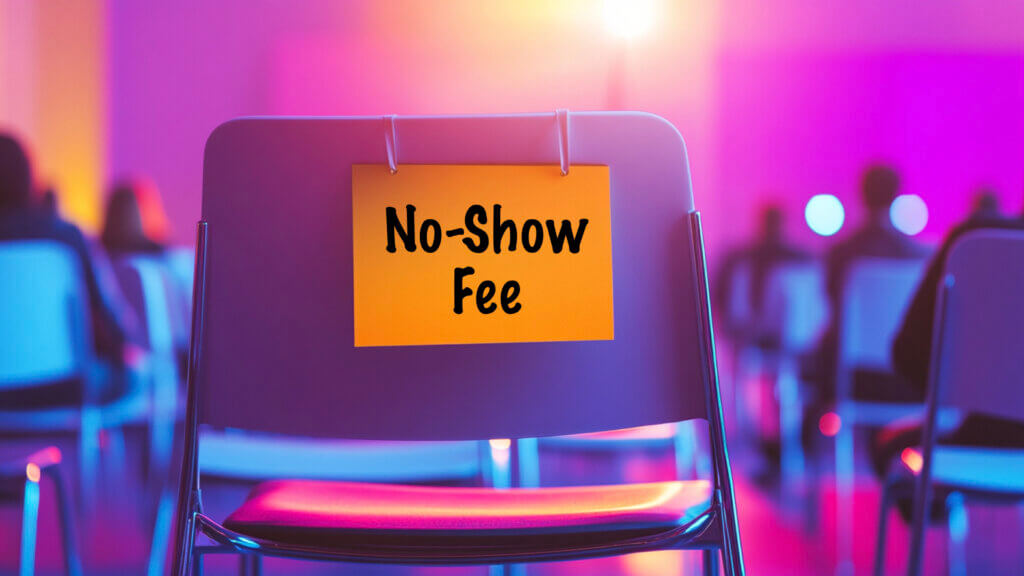 Liz Latham
Liz Latham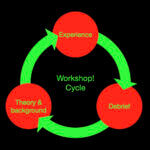 This one-day workshop offers a hands-on opportunity to learn through direct experience of participatory meeting formats and techniques. Participants will engage in cycles of interactive experiences followed by debriefs, interspersed with short “theory bites” that provide critical background knowledge and concepts. These formats will be introduced in the approximate order they might appear during a typical participatory and connection-rich event.
This one-day workshop offers a hands-on opportunity to learn through direct experience of participatory meeting formats and techniques. Participants will engage in cycles of interactive experiences followed by debriefs, interspersed with short “theory bites” that provide critical background knowledge and concepts. These formats will be introduced in the approximate order they might appear during a typical participatory and connection-rich event.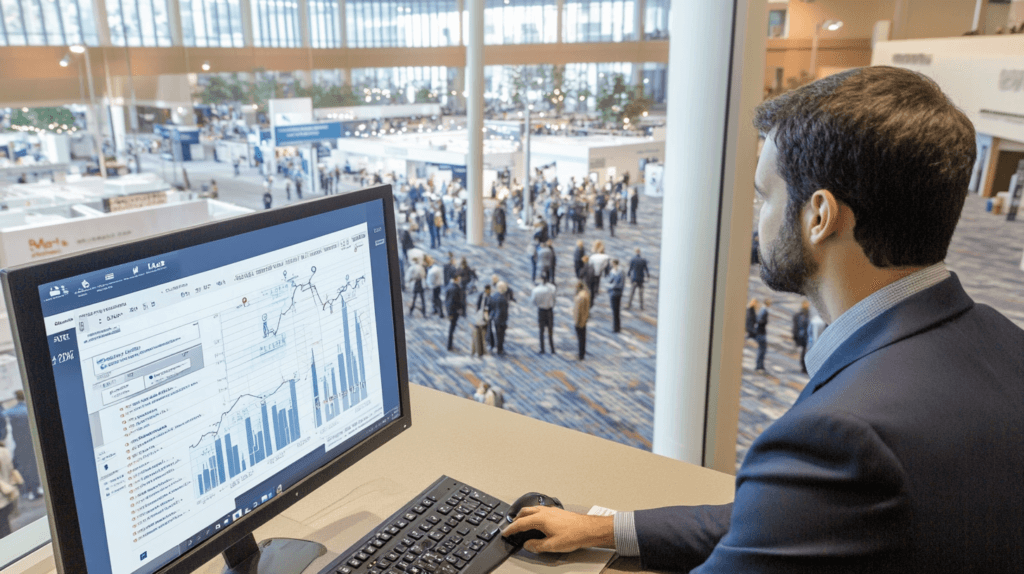 Event attendees need to be aware of the growing trend of unannounced use of facial analysis technology at meetings. Attendees to the
Event attendees need to be aware of the growing trend of unannounced use of facial analysis technology at meetings. Attendees to the 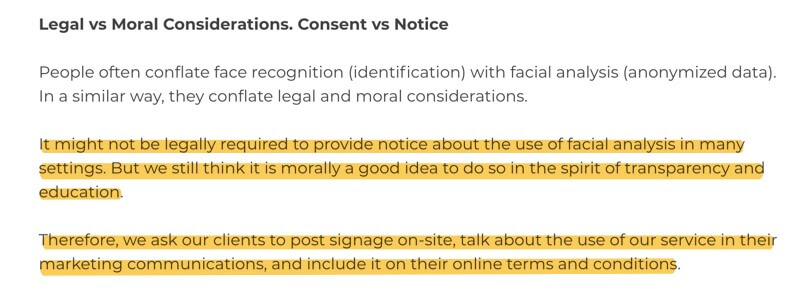
 Currently, no commercial sensors exist that can monitor the concentrations of infectious viruses in the air in real time. However, indoor carbon dioxide (CO₂) concentrations — easily measurable with inexpensive hand-held devices — provide a good proxy for how much of the air we breathe is being exhaled by other people who may be infected. Now, there’s a new wrinkle. Research published in Nature in April 2024 concludes that
Currently, no commercial sensors exist that can monitor the concentrations of infectious viruses in the air in real time. However, indoor carbon dioxide (CO₂) concentrations — easily measurable with inexpensive hand-held devices — provide a good proxy for how much of the air we breathe is being exhaled by other people who may be infected. Now, there’s a new wrinkle. Research published in Nature in April 2024 concludes that  For heaven’s sake!
For heaven’s sake! 
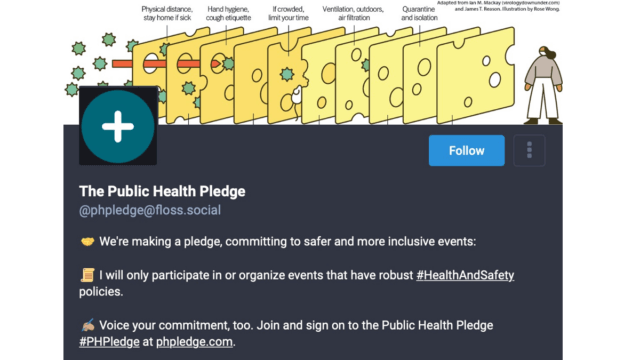 As I write this, we are entering the fourth year of the COVID-19 pandemic, which has been responsible for millions of deaths and long-term disabilities. Many more people are going to die and contract Long COVID. In addition, most current events are still dangerous to attend for people with disabilities and certain chronic illnesses. Under the circumstances, it’s shocking that the meeting industry has developed no widely accepted standards for safer events.
As I write this, we are entering the fourth year of the COVID-19 pandemic, which has been responsible for millions of deaths and long-term disabilities. Many more people are going to die and contract Long COVID. In addition, most current events are still dangerous to attend for people with disabilities and certain chronic illnesses. Under the circumstances, it’s shocking that the meeting industry has developed no widely accepted standards for safer events.